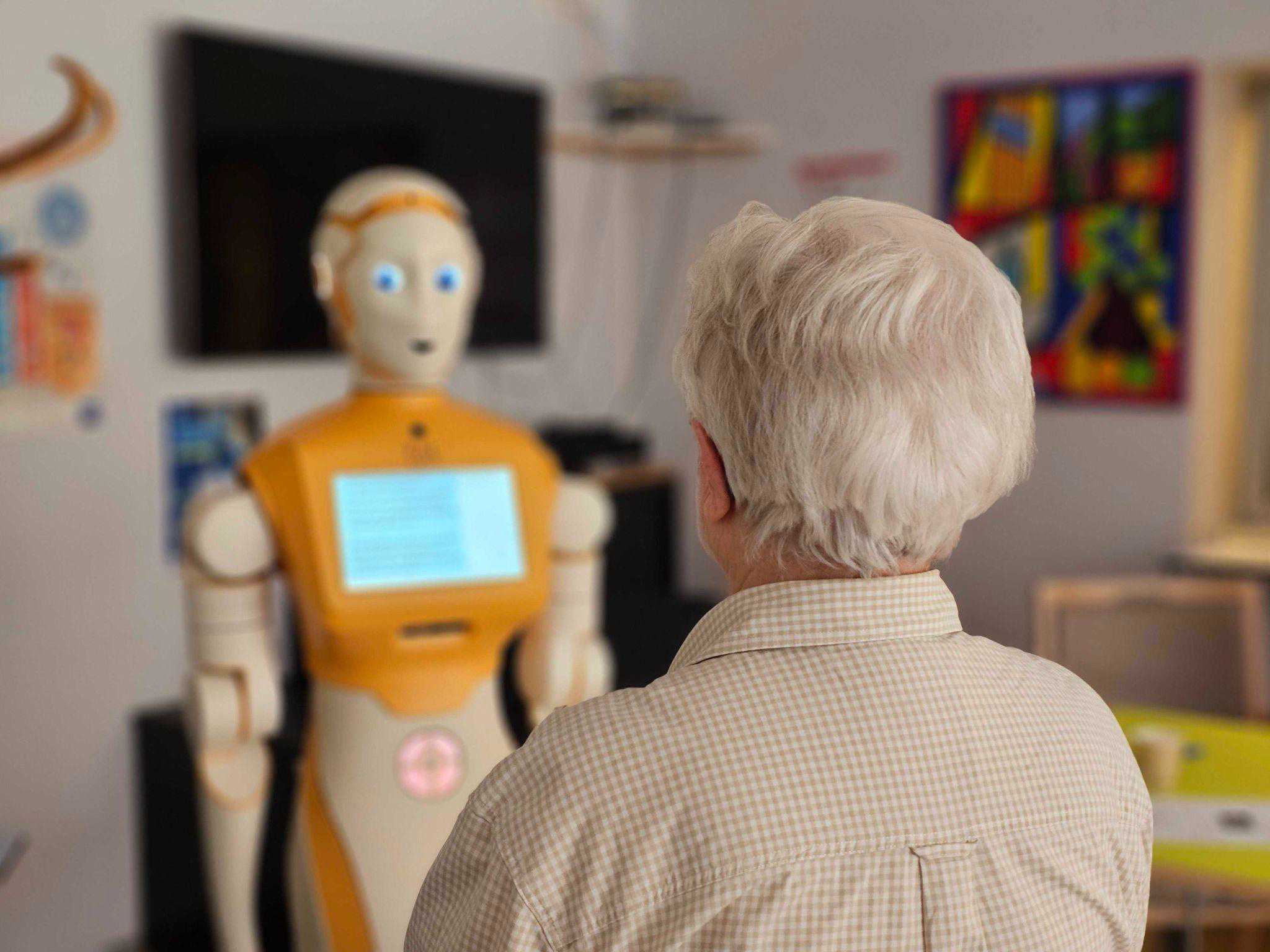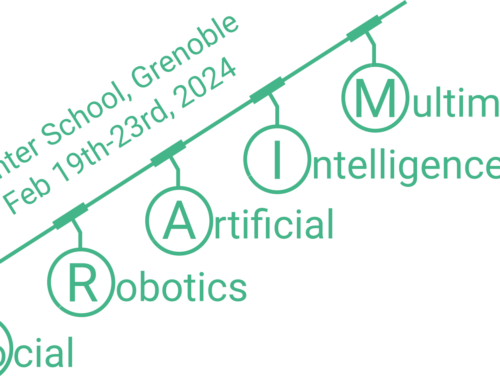Experiments involving interactions of the ARI robot with patients, accompanying persons and healthcare professionals were held at the Broca Day Care Hospital (AP-HP). More than 100 persons participated, which allowed us to assess ARI’s usability and acceptability in real-world settings. The protocol of the experiments and a discussion of their results are detailed in Deliverable D1.6 (access here). The document contains four sections:
1. Description of the general framework of the SPRING project experiments in a realistic
environment;
2. Description of the evaluation environment and research procedures;
3. Description of the methodology and results of three waves of evaluations;
4. General discussion and conclusion of the assessments.

The final assessments of the SPRING project in relevant environments, such as the day care hospital, highlighted several key insights into the integration of socially assistive robots in healthcare settings. While there were notable challenges related to the ease of use and conversational complexity of the robot, participants—including patients, accompanying persons, and healthcare professionals—recognized the technology’s potential. The iterative development process within the SPRING project aimed to address these issues and enhance the robot’s overall functionality and user experience. This suggests that the robot’s usability and acceptability will continue to improve, leading to a more refined and effective solution in the future. As technical stability increases, it is expected that user acceptance will also grow, reflecting a natural
progression in the adoption of innovative technologies.
Integrating socially assistive robots in healthcare institutions requires careful consideration of technical, ethical, practical, and financial aspects. Ensuring that robots complement rather than replace human professionals, addressing privacy concerns, and developing a sustainable deployment strategy are critical for successful implementation. By maintaining a focus on these key areas, healthcare institutions can effectively leverage the benefits of robotic technology, ultimately enhancing patient care and operational efficiency.



